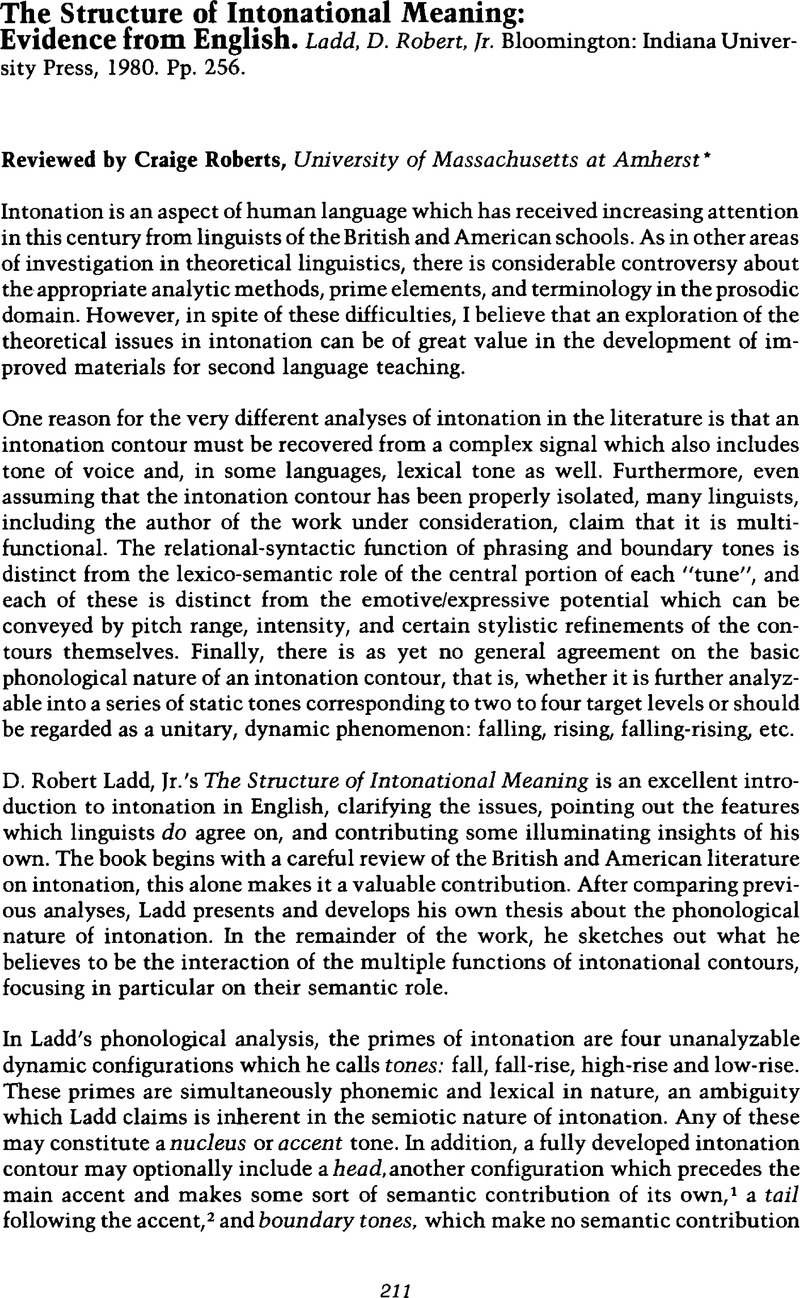Crossref Citations
This article has been cited by the following publications. This list is generated based on data provided by Crossref.
Young, Frances
2004.
The Cambridge History of Early Christian Literature.
p.
485.
2004.
The Cambridge History of Early Christian Literature.
p.
495.
Young, Frances
Ayres, Lewis
Louth, Andrew
and
Casiday, Augustine
2004.
The Cambridge History of Early Christian Literature.
Young, Frances
2004.
The Cambridge History of Early Christian Literature.
p.
172.
Norris, Richard A.
2004.
The Cambridge History of Early Christian Literature.
p.
11.
Heine, Ronald E.
2004.
The Cambridge History of Early Christian Literature.
p.
142.
Brock, Sebastian P.
2004.
The Cambridge History of Early Christian Literature.
p.
362.
Dawson, John David
2004.
The Cambridge History of Early Christian Literature.
p.
222.
Heine, Ronald E.
2004.
The Cambridge History of Early Christian Literature.
p.
113.
Young, Frances
2004.
The Cambridge History of Early Christian Literature.
p.
91.
Young, Frances
2004.
The Cambridge History of Early Christian Literature.
p.
1.
Louth, Andrew
2004.
The Cambridge History of Early Christian Literature.
p.
353.
Louth, Andrew
2004.
The Cambridge History of Early Christian Literature.
p.
391.
Nicholson, Oliver
2004.
The Cambridge History of Early Christian Literature.
p.
259.
Norris, Richard A.
2004.
The Cambridge History of Early Christian Literature.
p.
28.
Markus, R. A.
2004.
The Cambridge History of Early Christian Literature.
p.
397.
Louth, Andrew
2004.
The Cambridge History of Early Christian Literature.
p.
283.
Brock, Sebastian P.
2004.
The Cambridge History of Early Christian Literature.
p.
161.
Louth, Andrew
2004.
The Cambridge History of Early Christian Literature.
p.
289.
Hunter, David G.
2004.
The Cambridge History of Early Christian Literature.
p.
302.



